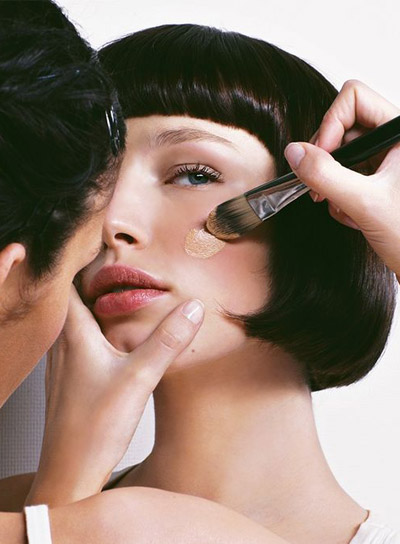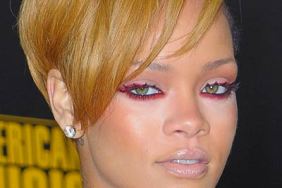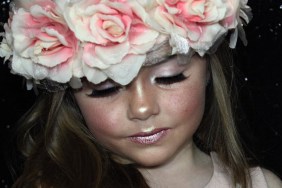If ever you’ve shopped for foundation, you’ve likely been confounded by the poetic names — is your skin most like “bisque” or “sunset” or “amber” — and only wind up more confused than when you started. Never fear, because this one is for you. Shopping for foundation can be likened to bra shopping — there are two important factors, which, together, make your match: your pigmentation (how light or dark the color of your skin is), and your undertone. While your pigmentation may change (I’m downright pasty in the winter months and ever-so-slightly darker in the summer), your undertone never does.
Knowing your skin’s undertone doesn’t just make finding the perfect foundation easier, it can also be useful for figuring out your ideal shade of lipstick, blush, nail polish … you get the picture.
With a bit of knowledge and some tips and tricks, you’ll be able to figure out your own undertone easil. I spoke with Derek Selby, Global Ambassador for color cosmetics brand Cover FX. He was an easy choice to turn to for expert advice, as their entire system is based on combining undertone and depth of color.
Read on to discover your undertone and make makeup shopping that much easier.
Undertone
-
Undertone #1
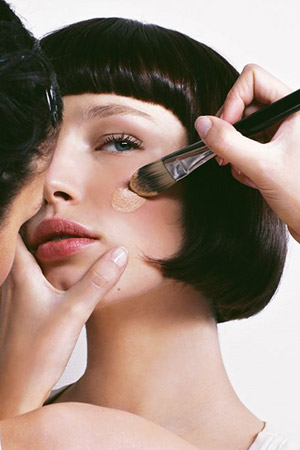
By Sara Spruch-Feiner
If ever you’ve shopped for foundation, you've likely been confounded by the poetic names -- is your skin most like “bisque” or “sunset” or “amber” -- and only wind up more confused than when you started. Never fear, because this one is for you. Shopping for foundation can be likened to bra shopping -- there are two important factors, which, together, make your match: your pigmentation (how light or dark the color of your skin is), and your undertone. While your pigmentation may change (I’m downright pasty in the winter months and ever-so-slightly darker in the summer), your undertone never does.
Knowing your skin's undertone doesn't just make finding the perfect foundation easier, it can also be useful for figuring out your ideal shade of lipstick, blush, nail polish ... you get the picture.
With a bit of knowledge and some tips and tricks, you’ll be able to figure out your own undertone easil. I spoke with Derek Selby, Global Ambassador for color cosmetics brand Cover FX. He was an easy choice to turn to for expert advice, as their entire system is based on combining undertone and depth of color.
Read on to discover your undertone and make makeup shopping that much easier.
-
Consider Your Ethnic Background
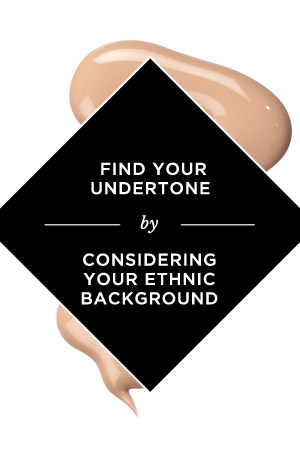
First and foremost, your family’s history might provide some insight into the matter of your undertone. Selby explains: "Often English, Scottish, Irish, and Australian people, or people of that descent will have pink undertones.” Japanese skin is often on the lighter side of the gold spectrum, while Chinese skin tends to be more medium gold, he explains. "Italians and Greeks have an even warmer gold skin tone ... South Americans and Mexicans tend towards a deeper gold.” Finally neutral skin tones are common in people of Danish, Polish, Swedish and German background, he says.
-
Consider Your Bling
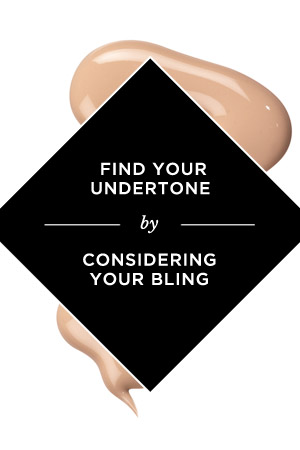
Here’s a fun excuse to play jewelry dress-up. Compare the way you look in silver with how you look in gold. Pink undertones will find that their skin looks “brightest, cleanest, and clearest,” with silver, Selby explains, while golden jewelry will bring out that bright, clean and clear complexion on skin with golden undertones.
-
Take A Look At Your Wardrobe
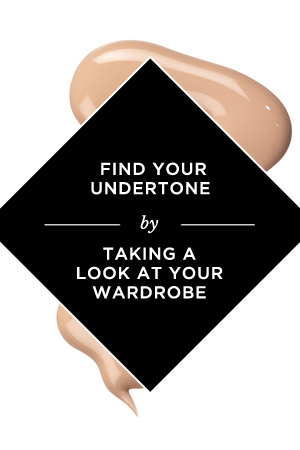
If you tend towards colors like red, pink, purple, emerald and royal blue, you’re probably cool-toned. If you tend towards warm colors like yellow, peach, rust or olive, you probably have gold undertones.
-
Start Neutral!
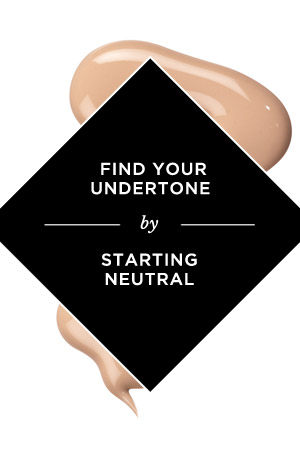
If you have no idea what your undertone is: start neutral. In the Cover FX universe, N stands for neutral and not sure. It’s a consistent system, which makes shopping super easy, so if you try a Cover FX neutral and it looks pinkish on your skin, you’re gold, and conversely, if it looks gold, you’re pink.
The same system can apply to other brands. If a color shows up pink on your skin, it’s an indication that you need more golden undertones in your shade. If you’ve worn a Cover FX foundation and know your color, you can shop online fearlessly as each product is engineered so that the colors are consistent.
Another tip: Selby notes that if a color looks chalky, that means it’s too light, while if a color looks dirty or muddy, it’s too dark.
-
Pro-Tips for Color Coverage Perfection
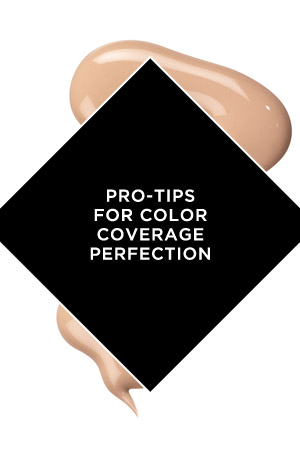
Oftentimes, we test foundations on the inside of our wrists. That’s something we should definitely stop. As Selby says, “we should test our foundation where we plan to wear it.” He recommends applying each shade you test to your jawline and blend down. This way, you can easily blend it in and know if it will also match your neck, without creating a (gasp!) clear line of division between where your makeup ends and your neck begins.
Foundation isn’t the place to try to darken your skin tone, Selby advises. Don’t go a shade darker because you want to be a shade darker. That’s what contouring and bronzer are for. Finally, be sure to step out into natural daylight and get a glimpse of the shade in the sun. “If it looks good in natural light,” Selby says, “it will look good in any light!”
